Navigating Volatility – Why We’re Leaning Into Debt

When markets break from fundamentals, the prudent real estate investor doesn’t chase noise — they reposition around truth.
And the truth is this: we are entering a prolonged period of macroeconomic and geopolitical volatility. The world is realigning, and capital is responding accordingly.
Global central banks are moving away from the U.S. dollar. According to the World Gold Council, 76% of central banks plan to increase their gold reserves — a jump from 69% last year — citing crisis protection, inflation hedging, and diversification as key drivers. This reflects a growing caution around U.S. fiscal policy, rising deficits, and ballooning national debt, now over 120% of GDP.
Meanwhile, money market fund balances are climbing — a signal that institutional and retail investors alike are parking cash on the sidelines. These short-term investment vehicles offer safety and a yield that closely tracks the Fed Funds Rate. In other words, investors would rather earn 5% in cash than take risk in longer-duration assets, treasuries, or swinging equities.
These trends are further complicated by geopolitical uncertainty. Ongoing wars, potential tariff escalations, and questions around U.S. fiscal leadership all introduce headline risk. Should unemployment rise, or growth falter, the Fed may face pressure to intervene — but its tools are limited. Cutting rates could re-ignite inflation. Raising taxes or cutting spending is politically unpopular. The Fed is cornered, managing debt service costs, inflation expectations, and political realities simultaneously.
For CRE investors, this creates both risk and opportunity. Real estate pricing is driven by capital flows, leverage, and the cost of debt. When long-term Treasury rates rise, the “risk-free rate” increases — and with it, lenders widen their spreads to reflect perceived risk. Even when treasuries fall, spreads going higher can keep all-in interest rates higher. Spreads are higher for construction loans, transitional assets, and tertiary market, reflecting in lower asset prices. The net effect is simple: lower loan proceeds and higher cost of capital. As a result, buyers must lower offers to meet equity return thresholds.
We are already seeing this play out in real time. In markets where price discovery is finally happening, bids are falling, and assets are being marked to market — especially those with near-term debt maturities. Until this repricing completes and stability returns, we believe it is wise to lean into debt rather than chase speculative equity returns.
Debt Offers Strategic Advantages Right Now:
- Senior positioning in the capital stack offers downside protection
- Current yields are attractive, often exceeding return thresholds without relying on appreciation
- Shorter durations allow us to stay nimble as the market evolves
- And we can structure loans with sponsor-friendly terms, aligning ourselves with developers who need flexible capital during this transition period
- At Alpha Equity Group, we’re also putting our own capital to work on the equity side of the deals we know best — infill residential development. But we are doing so carefully, underwriting with stress-tested assumptions, and leaning on our operational expertise.
- As we’ve seen in prior cycles, market dislocation creates fertile ground for investors. With uncertainty around every corner, we see this moment not as a challenge, but as an opening — a window to preserve capital, generate yield, and position for long-term outperformance once growth does come back.
What to Watch:
- The yield curve: steepening curves may signal higher inflation and longer-term rate risk
- U.S. bond auctions: demand strength, especially from foreign investors, impacts long-term borrowing rates. The US is expected to start buying treasuries and bonds again in 2026, increasing its balance sheet again after rounds of tightening alongside the recent rate hike cycle.
- Credit spreads: widening spreads reflect rising risk aversion and lender caution
- Geopolitical escalation: new conflicts or trade wars can drive capital away from U.S. assets and toward gold or other alternatives
- Fiscal response: keep an eye on Trump-era tax reform 2.0, tariffs, or large-scale spending plans heading into the election cycle. This can affect bets on future inflation, bonds, capital availability, and CRE prices.
- In short, we are in a time of reordering — politically, economically, and monetarily. Investors who embrace this shift and position accordingly will be well-rewarded.
We’re not just investing in the market we have — we’re preparing for the one that’s coming.
That’s why we’re taking a conservative credit-first approach, with upside optionality where it makes sense, and defense where it matters most.



